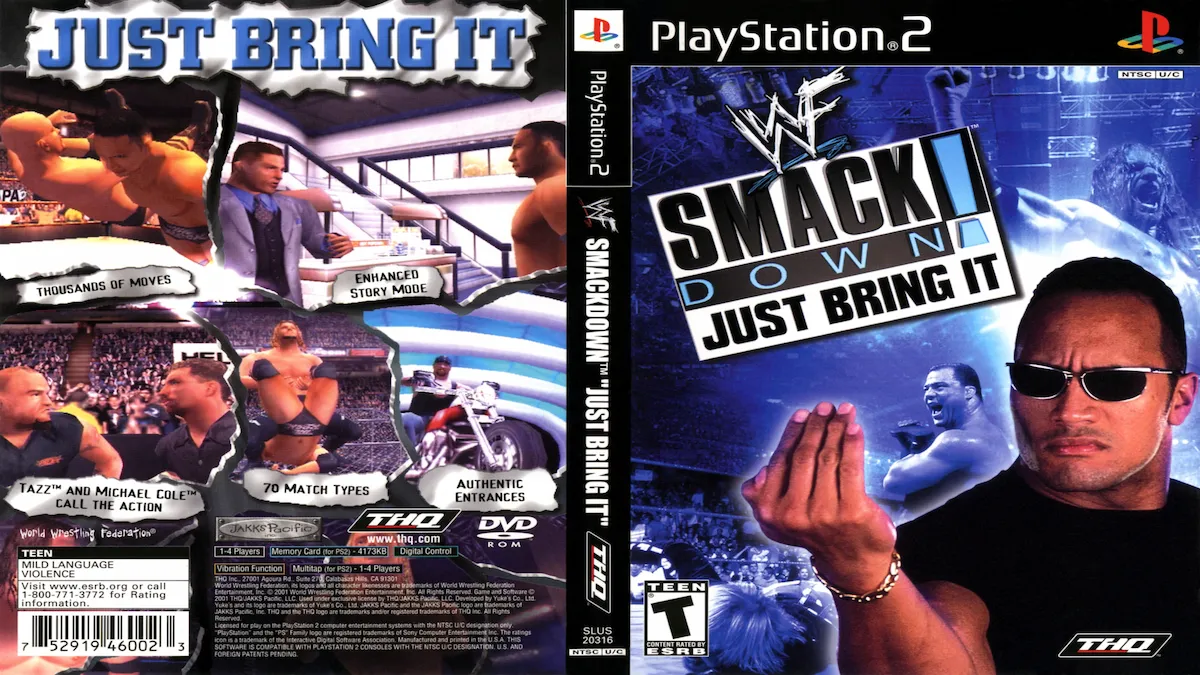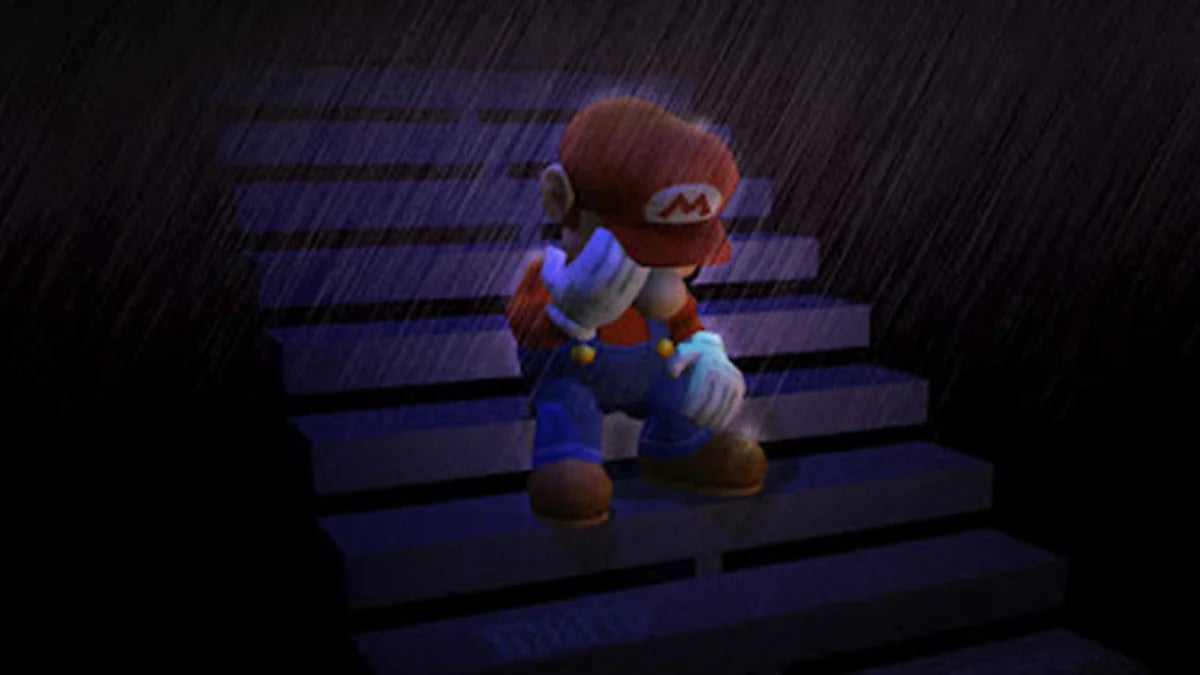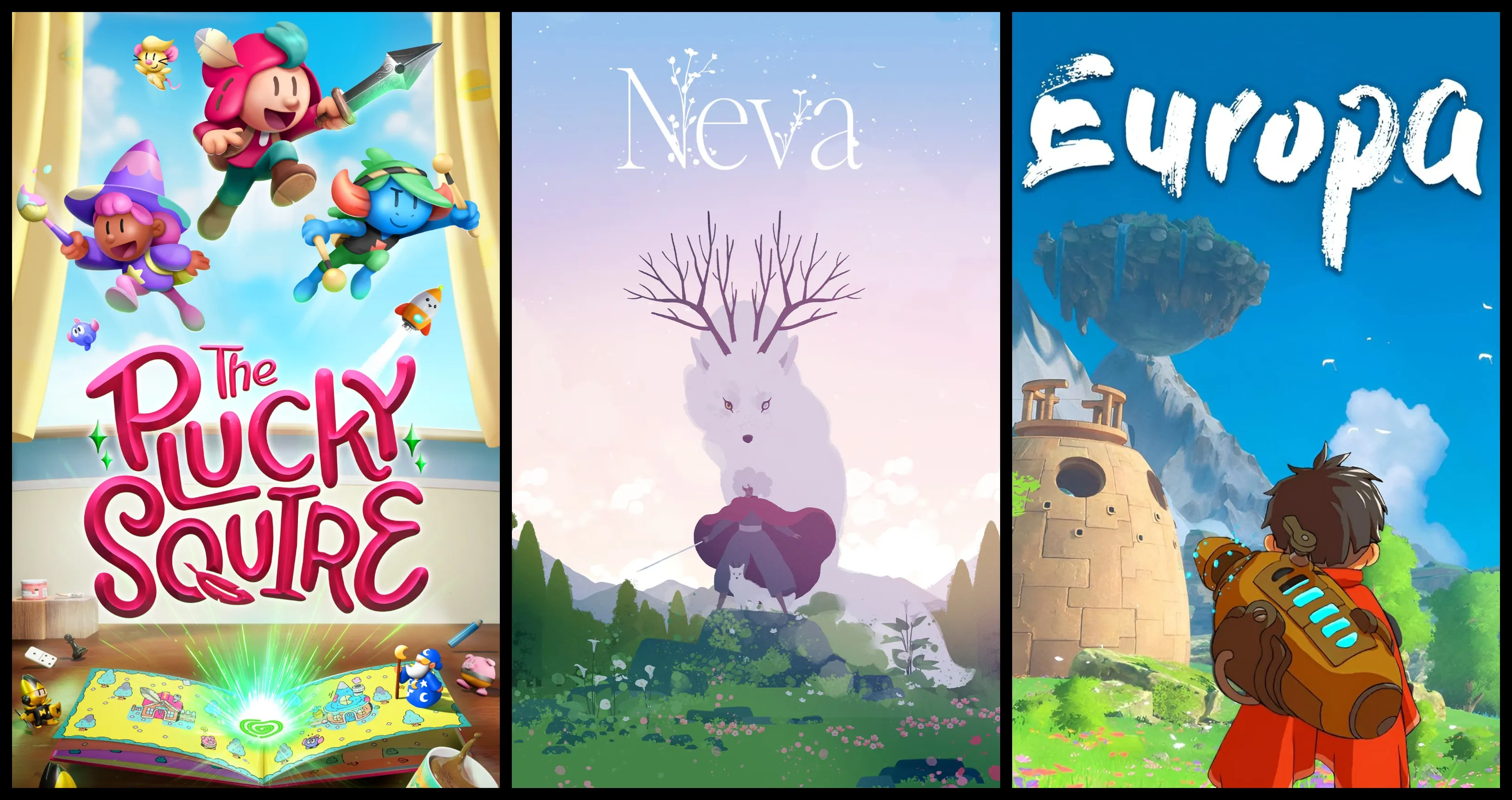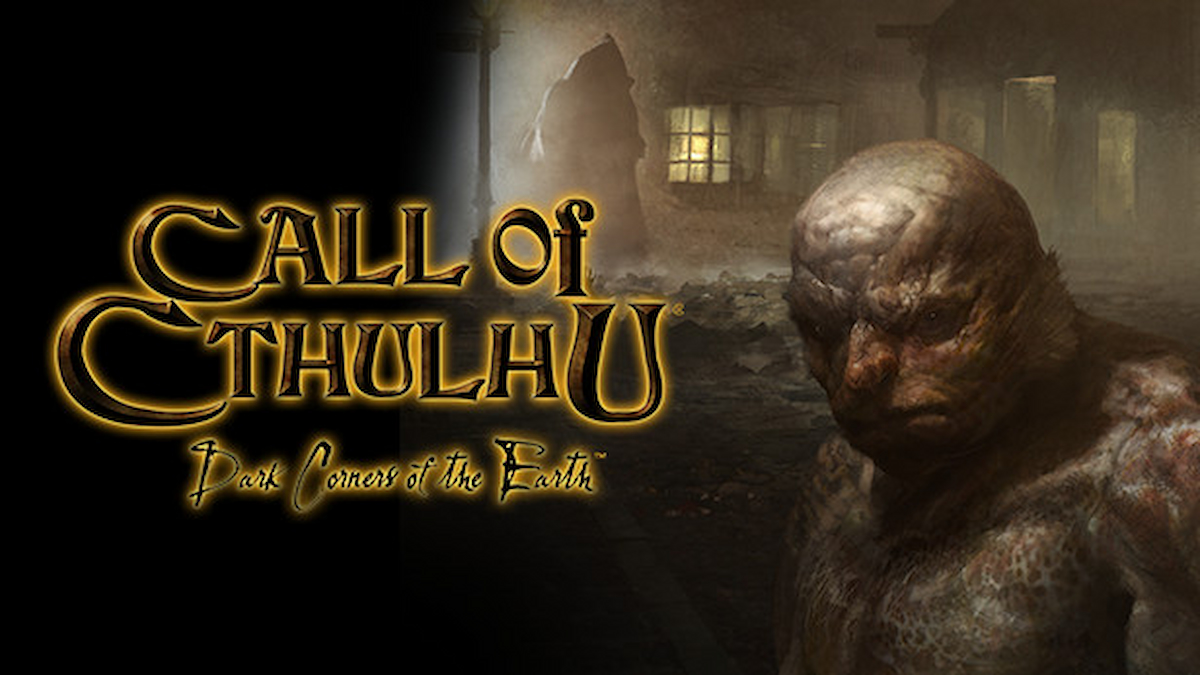The art of cinema and the world of video games no longer stand as completely different mediums when it comes to the expression of complex and simplistic ideas. There are lessons in film that have transferred over to cut scenes, breaks in the action of a game where a movie moment fills in or progresses the details of a story.
Cut scenes can occur at the beginning, middle, or near the end of a game and by my estimation, a bad scene can signal a good time for a snack or a bathroom break for gamers. For directors of the next great cinematic moment, take some cues from these games who left a long-lasting impact on gamers everywhere.
Fallout and the Creation of Mantra
Fans of the acclaimed Fallout series will recognize the mantra of the series that “War, war never changes.” There’s been countless films about war itself, the effects of killing on the human psyche, and dystopian futures, but none can capture the art of the rise and fall of humanity quite like Bethesda. Fallout focuses on a world that was threatened by nuclear war during the 1950’s Cold War but used nuclear energy for the advancement of mankind. This of course was all pushed to the edge as the ideals of overconsumption and greed plagued the world.
Moviemakers can often have characters repeat signature phrases, and trilogies can often call back to similar phrases. In the context of Fallout, the phrase is used to signal that regardless of the situation in any of the games in the series, one thing remains. What remains is the perils, strife, evils, and selfishness that got mankind to the place it is in. Greater commentary on the dangerous nature of these qualities would do well as a warning in movies for us all to heed.
Portal and How to Roll Credits
If you’ve wandered into any Marvel movie in the past several years you’ll know that staying until the credits are completely over is now required. We all collectively know now that just because the credits begin to roll, doesn’t mean it’s actually over. Other movies have picked up this trend and are probably going to have us in movie theaters for just a few minutes more for the rest of our lives.
A great way filmmakers can take advantage of this captive audience time is to make them smile. Portal is a game where the player is constantly at odds with an evil robot mainframe named GlaDos (Who is reminiscent of Hal 9000 from 2001: A Space Odyssey.) The tone of the game is quite the contrary to this ending scene and performs a 180 in one of the most masterful ways in video games. A chance to do this might only come in more fantastical movies, but taking this to the big screen could be just as iconic, and hopefully catchy.
Kotor II: The Sith Lords Powerful Writing
Knights of the Old Republic II: The Sith Lords have arguably some of the best writing in video game history. The game sets up a world in which people begin to question the values of both the Jedi and of the Sith. Star Wars movies have yet to reach a critical, provoking moment anywhere near this, and Rouge One: A Star Wars Story only slightly came close in their depiction of what it means to rebel. Movies, not just Star Wars, can take cues from this cut scene as it incorporates so many elements all at once. In this one scene, the character’s perceived objective comes crumbling down as the Jedi decides your fate like a kangaroo court.
Making the natural order, or those in authority actually turn out to be blinded by their own fears or misunderstandings is a lesson that can’t be stressed enough. Just because an authority has done more good than harm does not make them infallible. Furthermore, Star Wars heading in a direction like this could take the idea that the force is parallel to religion and could take on the arguments we face here on Earth all the time.
Last of Us and Perfect Juxtaposition
The Last of Us provides some of the best storytelling in video games and does something movies can get right, but might often forget when it comes to stories about two rogues on a mission. Rather than just create bland pairings between our two antagonists storytellers should follow the great work of this game in character pairs. In this cut scene, we see the culmination of working together as main characters Joel and Ellie get into an argument over Ellie’s future.
Those who make it to the end of the game will see the power of a relationship that develops over a short period of time. Last of Us does an amazing job of pairing the two through a number of ways. We see that Joel is the classic older, yet crotchety, guy who is experienced enough to survive tough spots. Meanwhile, Ellie is a young girl with some experience of her own, but is still discovering herself and what makes her so special.
Further, we see both characters face their fears and how those can get the best of them. For a game with scenes as good as this one it was tough to choose just one, but playing the game felt more like peeking into real lives than spectating a movie, so definitely take notes on this one.
Mass Effect and Culmination of Plans
For those who have played through the story arch combined with dynamic relationships that resulted in Mass Effect 3, you’ll undoubtedly recognize this cut scene as the battle for Earth. The Battle, while a cool way to think of doing space battles for sci-fi movies speaks more to the art of culmination. Movie goers and gamers definitely have something in common when it comes to having to make us care about different groups of people in what we are watching.
The battle scene here was the work of three-game installments and countless devotion to the hours of gameplay, but this can be transferred over to movies as well. Future films will do well to take note that you don’t actually have to end every sci-fi or war-type film with a final battle that solves every issue. Sometimes leaving cliffhangers and interesting threads for a future movie will bring fans along for a ride. By now we know that the bigger the blockbuster, the more likely there is to be a sequel or remake so why not let us have those moments of wonder as to where you’ll take us next?
Homeworld and Haunting Introductions
Players of the Homeworld series will remember this iconic intro scene as one of the few that stays with you throughout all video game history. Movies and games have long since started introductions to desolate wastelands or futuristic movies with narration, but Homeworld moves the viewer to feel as if this was more real than sci-fi. When presenting narration, filmmakers can take heed from the design of Homeworld‘s intro by noting the voice-over, the choice of music and sound level throughout and overall tone for this intro.
This is how sci-fi is truly meant to start out, similar to the mention of 2001: A Space Odyssey, Homeworld utilizes spaces of silence and calming voices to create an eerie feeling. With a rise in space-type movies lately, hopefully, lessons from this game will be taken into consideration.
Final Fantasy VII and Character Development
In any story making your characters grow in some way or learn a lesson is a given. Whether it be done in a cheesy 80’s way, or by having them be altered in a way they won’t even understand yet, it has to be done. Final Fantasy is a series that has become iconic if for the cut scenes alone. One of the arguably greatest character interactions takes place in Final Fantasy VII, Cloud and Zack in the seventh installment of the series.
Going a step further, the scene ties together the idea that Zack’s memories are fading as the scene goes on due to the fact that he is dying while also trying his best to hold on to life. There are a litany of lessons in the Square Enix made cut scenes, but the most important is to be willing to build a character up even if he is going to die. Increasing movie tie-ins like Marvel’s have a Jenga tower of characters that don’t ever seem to go anywhere because we have no reason to believe they’d die.
Letting a character grow on the audience and then pulling them out of the fray is a powerful move that series like Game of Thrones or The Walking Dead have done so well and continue to garner praise for it. A bonus lesson for this comes in the phrase if you love someone let it go, but in film, if you love a character it’s okay to let them die.
Batman: Arkham Knight and Winning
Few movies can do to an audience what the ending to Batman: Arkham Knight easily provided. From seamless transition between gameplay and cut scenes to the Batman overcoming all odds once again, this game carries on where future Batman movies might not. Throughout the game there are flashes of the Joker, Batman’s eternal enemy, shows up and the fear that Batman is becoming just like him plays on his psyche until the very end.
The scenes above are the ending cinematic and gameplay, but speak to a tip that movies can pick up on. The relationship between the movie’s hero and villain has to be one that goes both ways to truly make an impact. In Batman: Arkham Knight it isn’t just Joker’s hate for Batman, but it’s their mutual animosity towards the other that fosters it further.
Great villains need more than a simple motif of wanting to conquer or destroy the world, they need a reason to keep fighting their enemy and even show their own fears to make them more real. So when a hero finally overcomes a well-polished antagonist, it leads us to the next lesson.
Master Chief and Bad Ass Delivery
The lesson here is to always allow your extreme, over the top and badass characters be just that. Even when they have times that show emotion or remorse for their situation, letting them have fun and just live up to their abilities can’t be overstated unless it’s beyond the possibilities their universe sets on them. Out of the many cut scenes of the Halo series, this one has got to be the most exemplary of what it means to be the hero — “Return the Sender” from Halo 2.
Master Chief, the iconic-suited hero of the series is always the hero. Regardless of focus, he is used as the best asset of the UNSC Naval Special Warfare Command. A prime example of the respect that should be shown for characters like this occurs in Halo 4 as the main antagonist transforms from calling Master Chief “human” to “warrior” by the end of the game. So when you have a character who’s earned their scars and could reasonably be the one-man army, it’s okay to let them sometimes.
Kingdom Hearts and Musicality
Square Enix knows how to tell a story, but they certainly perfected the music of this one. The Kingdom Hearts series follows young hero Sora as he tries to make it back home to his friends with the help of iconic Disney characters like Donald Duck and Goofy. The focus filmmakers can take are the uses of theme music as a sense of tying the story together. The series uses an instrumental song called Dearly Beloved from the beginning and in the end screen, but the final scene showing Sora nearly reunited with his friend utilizes the recurring intro song titled “Simple and Clean.”
The theme of the series, most recognized in numerous trailers, constantly reminds players of the game. It’s a masterful job of bringing back the theme with different reprises and remixes that make it iconic in video game history. When making a film, certain theme songs will forever be associated with a character or film. One that does this as a means of tying together the film with a great piece of music is Inception that focuses on the world of dreams in relation to effects on reality, just like Kingdom Hearts. Who knows, maybe Sora’s had a totem the whole time.
Honorable Mentions
There’s just too many great cut scenes in video games not to mention these, so here’s a quick list of additional reading for study
Uncharted
The Uncharted series is known for taking its’ inspiration from the big screen for cut scenes, so what lesson could you possibly learn from them? Well, what the series does better than any other is instill a James Bond sense of danger in scenarios that make sense for the character. Nathan Drake, the protagonist, doesn’t ever stray from the idea that he wants one last ride or adventure then he’s hanging it all up. The fourth installment does the best job in recapturing that childlike adventure he has by literally flashing back to his childhood. Movie characters need that passion about whatever it is their doing, and the audience will enjoy finding the little quirks they may identify with.
Pac-Man
There’s nothing like being first, and being original is harder these days than ever. The tip to be taken from the legend of gaming is that sometimes silent little moments can progress the story in ways that might seem silly but ultimately get their point across.
—
Overall, video games can teach the film industry a lot with character development and the use of literary techniques as they are inspired by the art of film itself. The greatest films of all time incorporate different aspects like those listed above, but don’t have to use all at the same time to work either. Each above can be used in its own unique ways to tie together a story with real feeling and emotions behind it.
Characters exist on screen from planning and writing, but they will stay there if they aren’t given real breath and emotion that the audience can connect with. Icons don’t become that way by accident, and getting back to the simple lessons of storytelling can achieve that all over again.







Published: Apr 4, 2017 07:19 pm